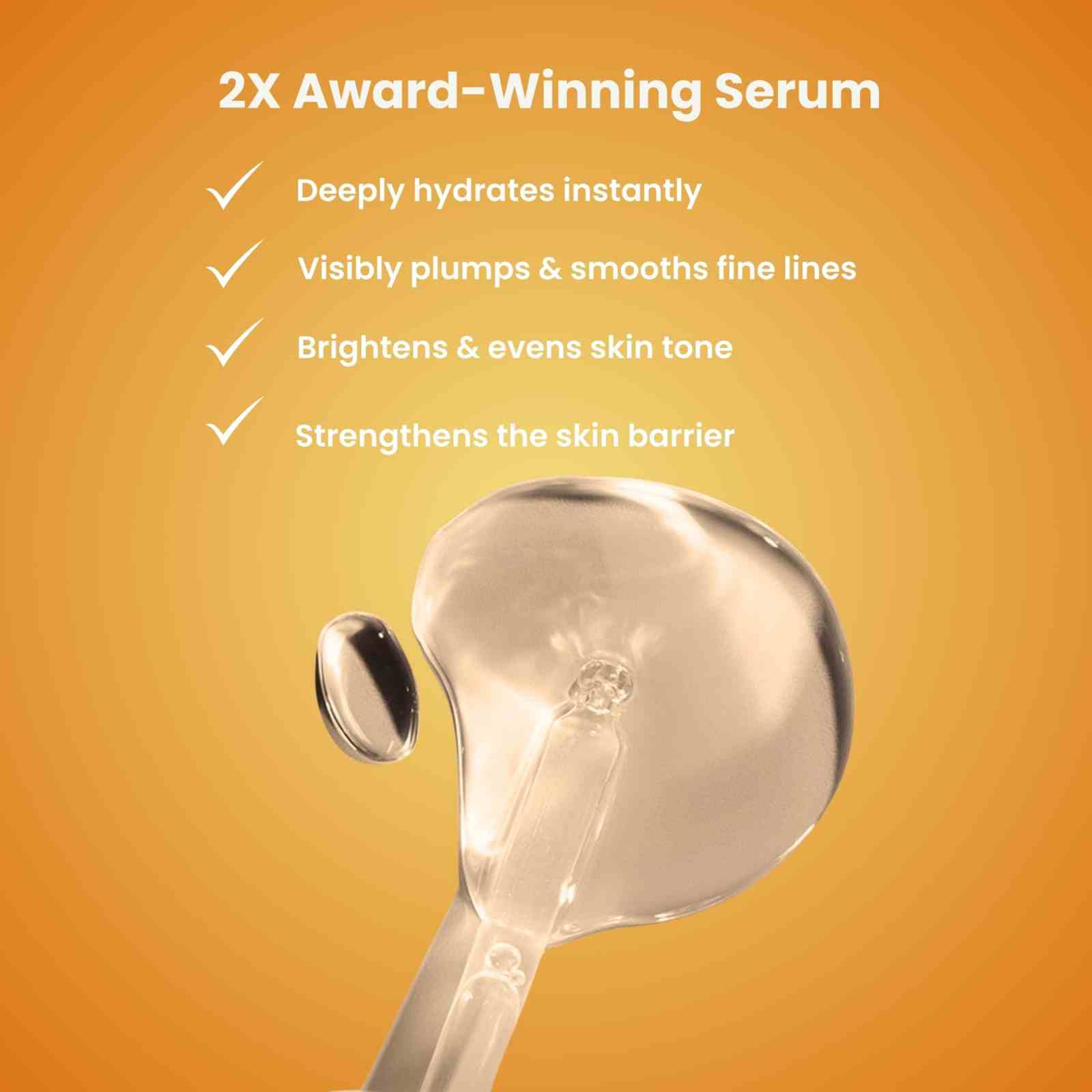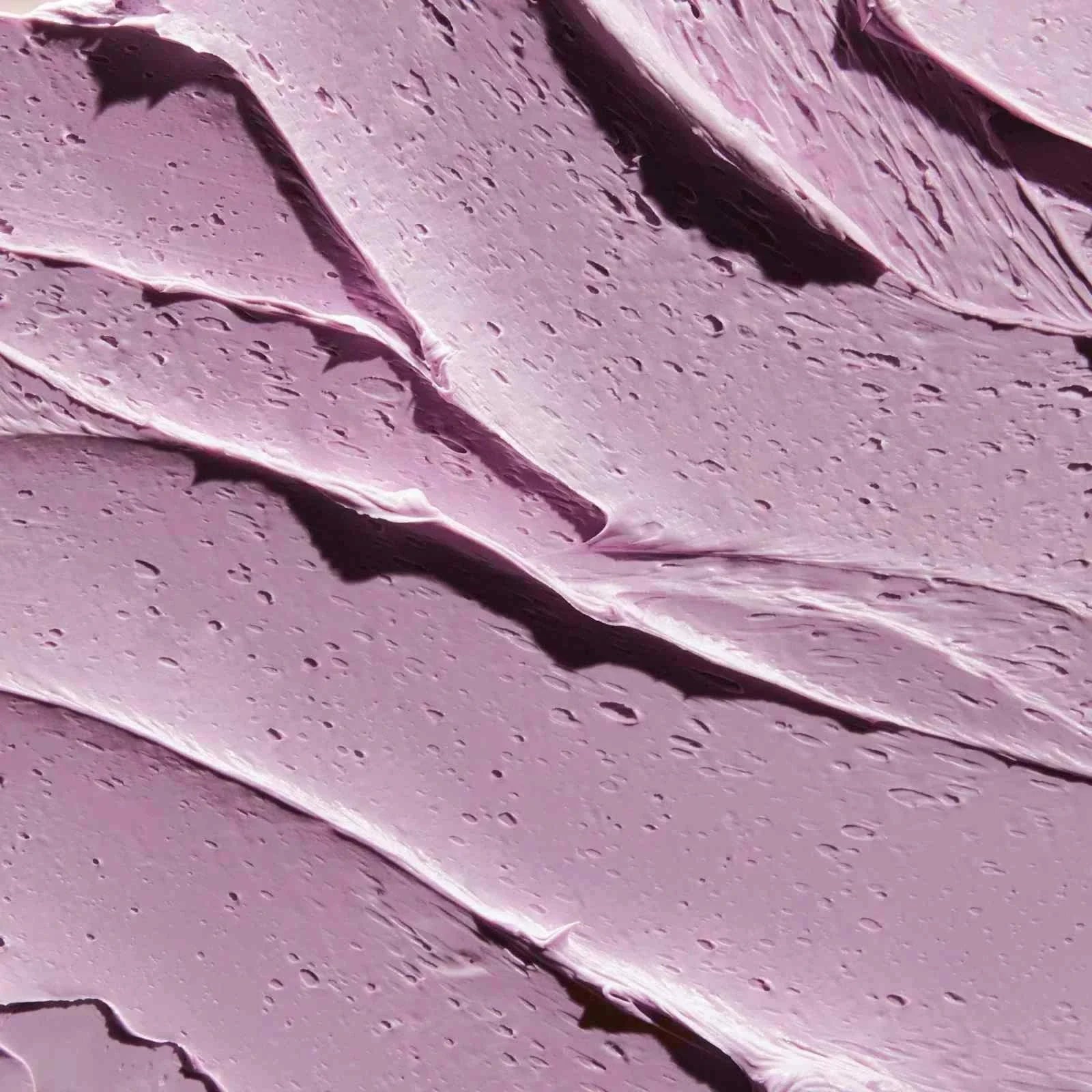
Your Dosha Type Is:
Pitta > Vata
You are a hybrid type, meaning both Pitta and Vata are prominent in your constitution. Pitta (primary) embodies the qualities of motivation, ambition, and transformation. Vata (secondary) embodies the qualities of movement, communication, and creativity.
Pitta skin type is often combination or slightly oily in texture. This skin type is generally more prone to sensitivity, hyperpigmentation, and inflammation.
Pitta > Vata Characteristics
Skin
Pitta
Soft and sensitive, warm to the touch
Vata
Dry and delicate, fine pores
Mind
Pitta
Ambitious, disciplined
Vata
Quick, energetic, creative
Body
Pitta
Toned, athletic
Vata
Lean and delicate
Appetite
Pitta
Strong digestion and appetite
Vata
Inconsistent, delicate digestive system
Temperament
Pitta
Charismatic, competitive, highly motivated
Vata
Enthusiastic, easily stimulated
Pitta > Vata Skincare
Your Product Recommendations
Dosha-Pacifying Ingredients
From calming herbs to invigorating natural aromas, each product in your customized routine incorporates a wealth of trusted Ayurvedic ingredients specifically tailored to transform your skin and pacify your primary dosha.

Laminaria Saccharina (Kelp)
Found in SundaSkin™
Deeply moisturizes, clears pores and balances oil production; contains anti-inflammatory, antibacterial and protective properties

Ashwagandha
Found in SapnaSoft™
Alleviates dullness and dryness; boosts collagen production, imparts moisturization; neutralizes free radical damage

Rosemary Leaf Oil
Found in PaviPure™
Anti-inflammatory and anti-microbial properties; clarifies the pores and helps regulates sebum production. *Invigorating aroma boosts mood, improves alertness and concentration
Pitta > Vata Self Care
Pitta and Vata are prominent in your constitution, meaning that you are likely to resonate with the characteristics of both energy types.
In order to balance Pitta (primary) energy, it is important to keep your mind and body cool. This dosha type is the most sensitive to technology; power down your devices one hour prior to bedtime and avoid using your phone in bed to ensure a restful night's sleep.
If you have been struggling to sleep or stick to a daily routine, this could be a sign of aggravated Vata (secondary). In order to balance excess Vata energy, aim to eat, sleep, and work at fixed times throughout the day to create a sense of calm and avoid frenetic activity.
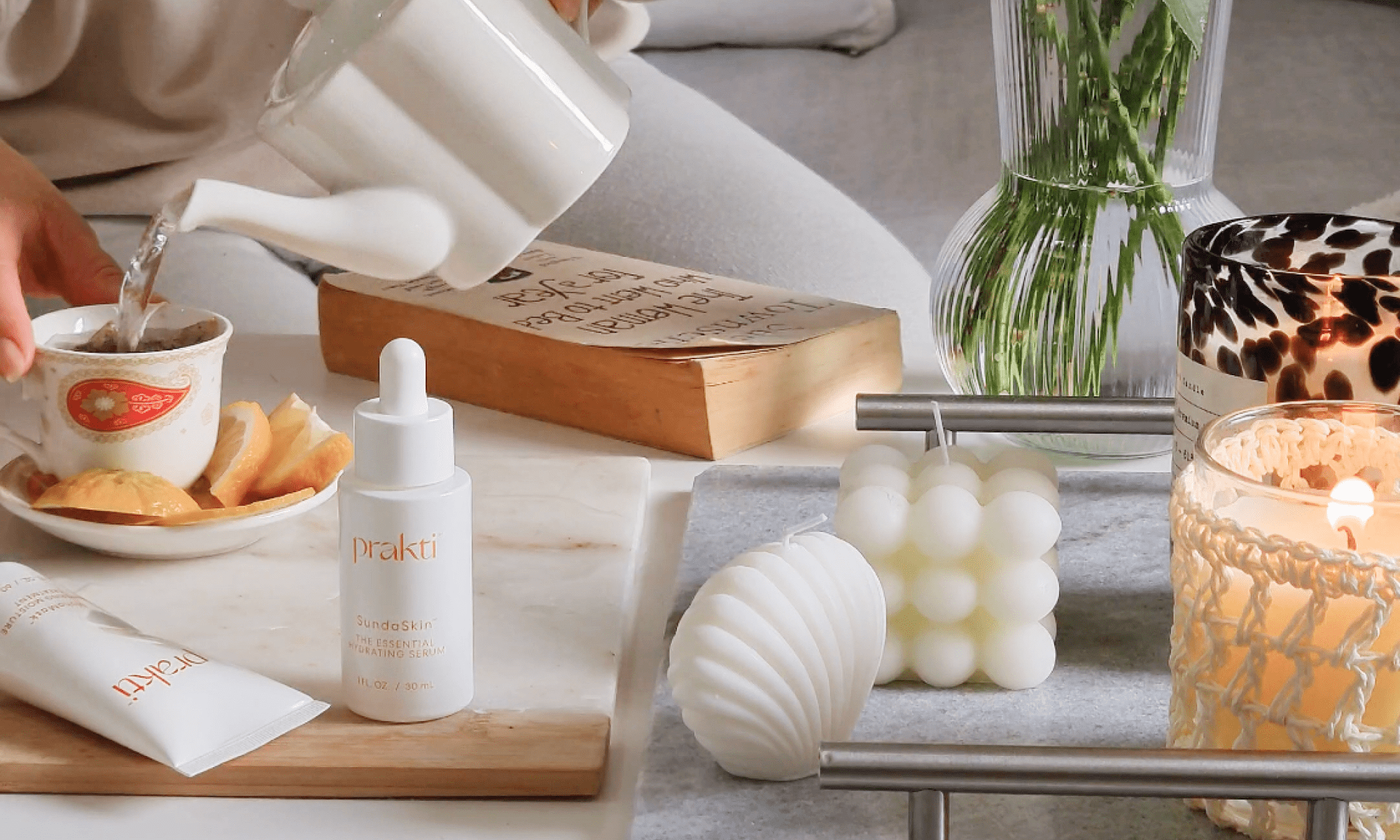
Pitta > Vata Lifestyle Tips
Pitta Pacifying
Opt for gentle movement like stretching, Yin Yoga, or swimming and avoid high-intensity exercise or any activity that may promote excessive sweating.
Vata Pacifying
Focus on grounding, intentional movements such as a slow, mindful yoga flow, walking or stretching.
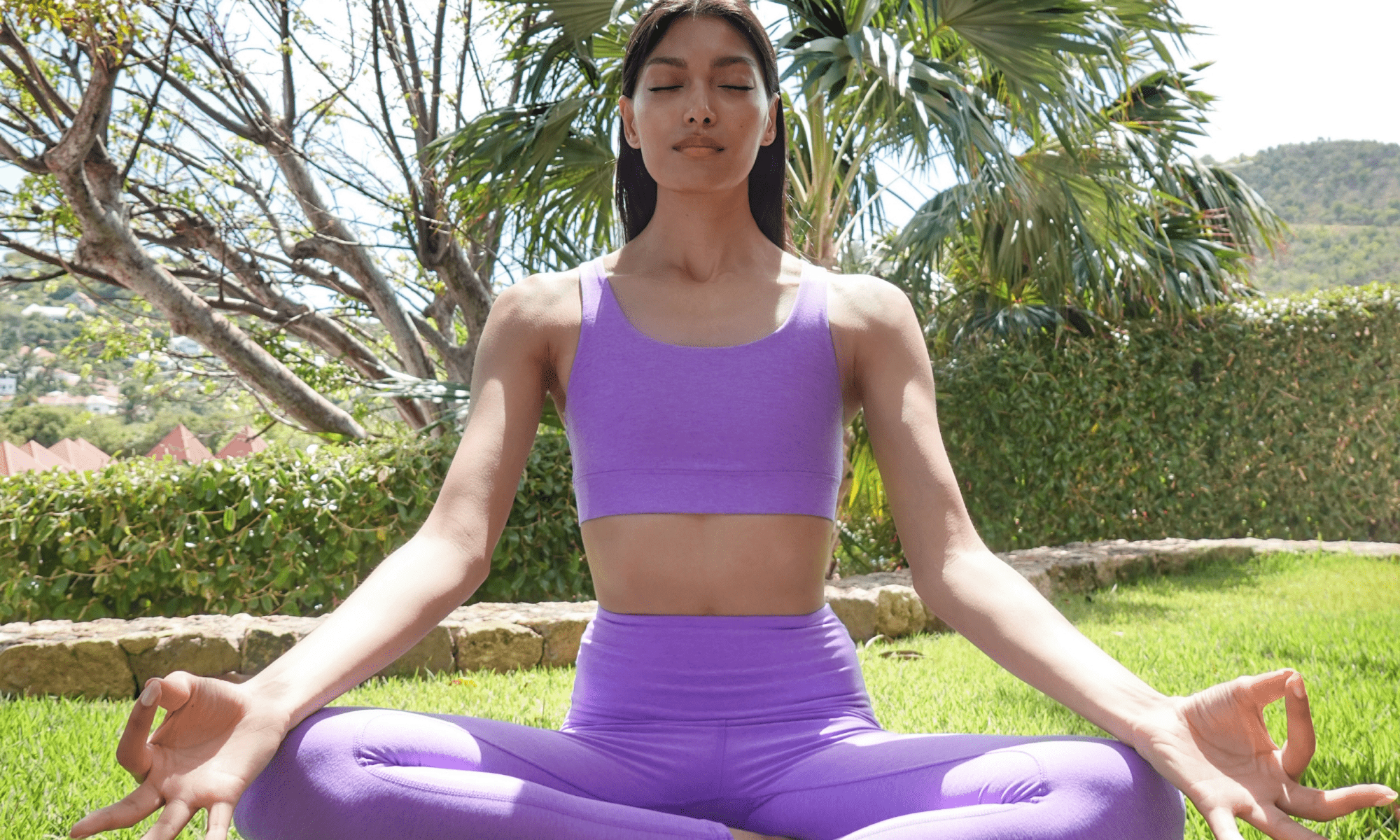
Yoga & Breathwork (Pranayama)
Pitta-Pacifying Asanas
Boat Pose, Fish Pose, Child’s Pose, Moon Salutation. Finish your yoga practice with 2-3 minutes of Shavasana
Vata-Pacifying Asanas
Cobra Pose, Cat-Cow Pose, Spinal Twist, 5-6 Sun Salutations
Breathwork:
Bee's Breath
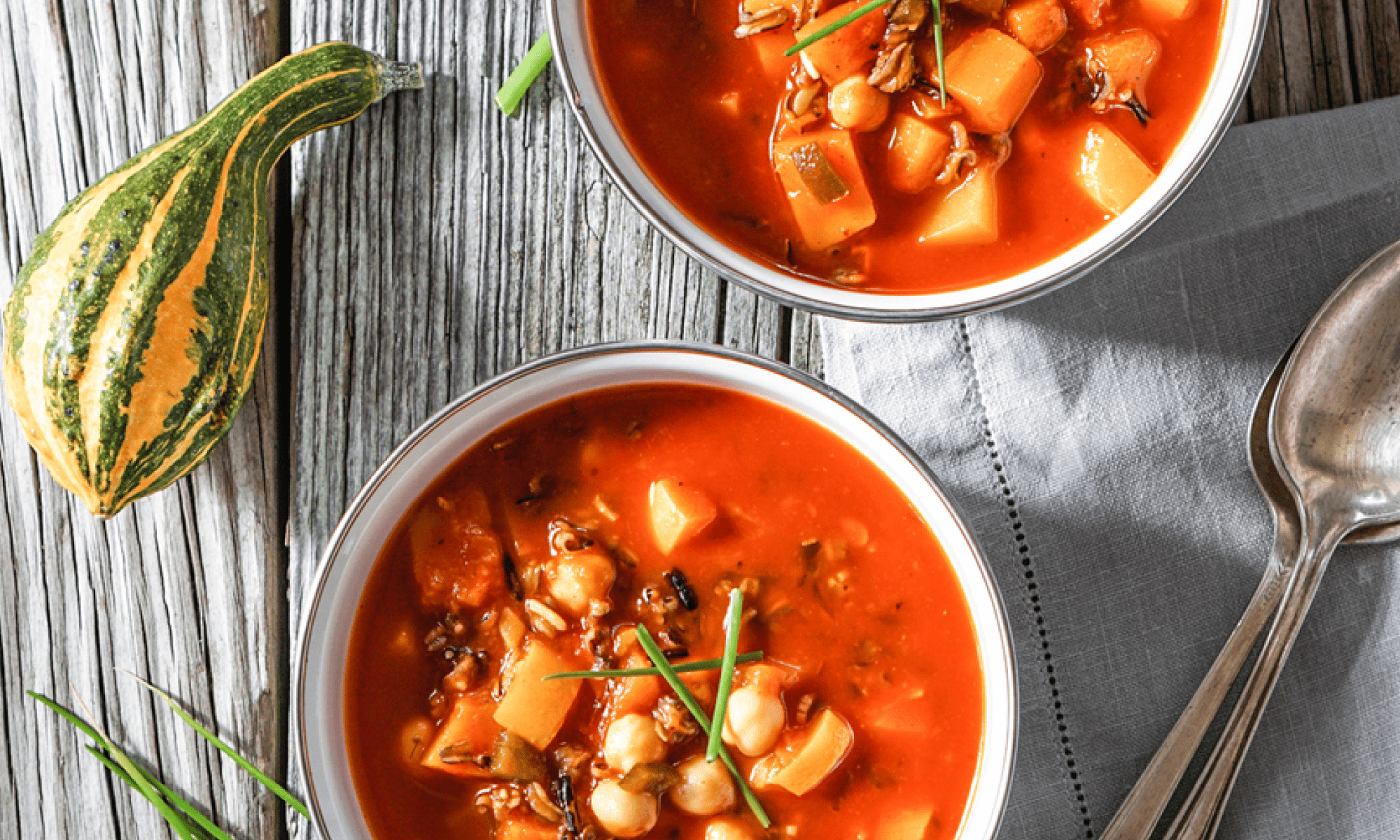
Pitta > Vata Diet
Pitta digestion is relatively strong while Vata digestion is typically delicate, so it is important for this hybrid-type to adapt their diet intuitively and as needed.
If your digestion feels relatively strong, this could be a sign of Pitta-dominance. In order to balance excess Pitta energy, prioritize light, nourishing foods. Try a salad with sunflower oil dressing and cooling herbs such as cilantro and fennel.
If your appetite feels delicate or inconsistent, this could be a sign of aggravated Vata. To bring this into balance, opt for warm, cooked meals and prioritize hydration. This includes easy to digest fruits, grains, oils (sesame oil is great!), and protein.
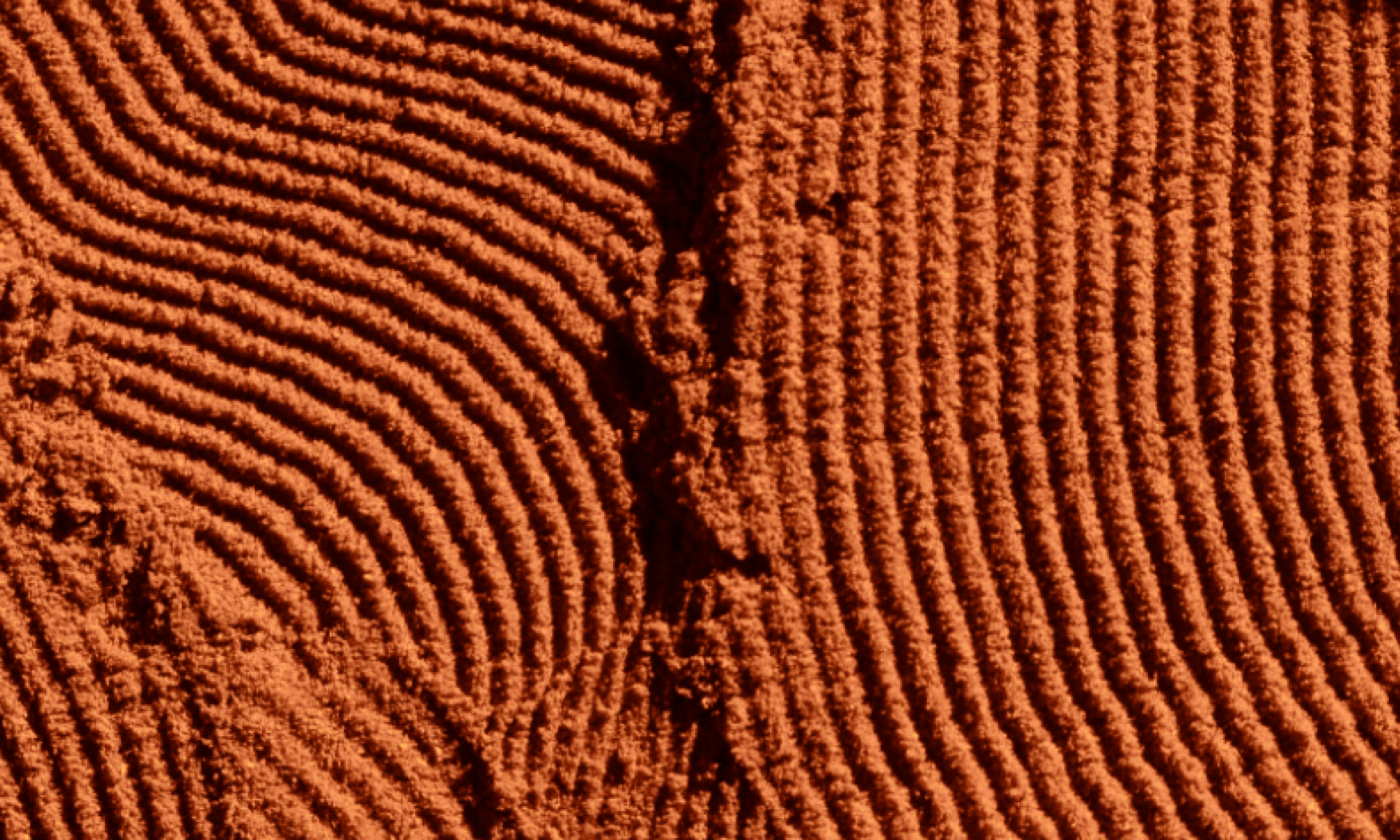
Pitta > Vata Herbal Remedies
Pitta Pacifying
Herbal teas including lemongrass, mint or rose can help balance Pitta’s fiery properties.
Vata Pacifying
Ashwagandha supplements, adding ginger root to your morning tea, and cooking with warming spices such as cumin (we love using it in curry dishes) can help pacify an excess of Vata energy.
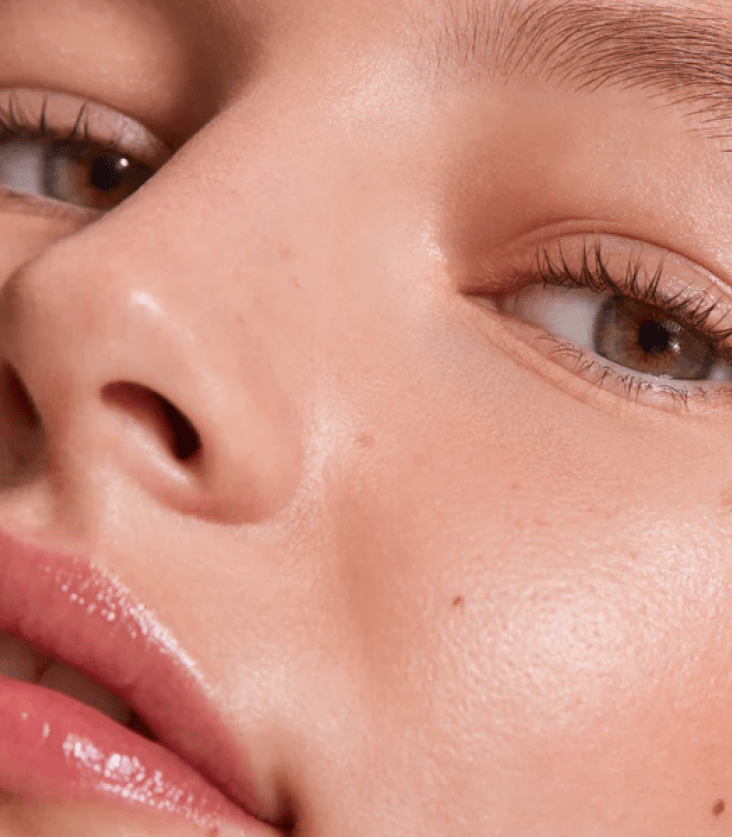
Understanding Your Dosha
The Vital Energies of Ayurveda
In order to be well in the practice of Ayurveda, we focus on balancing mind, body, and soul. Central to this philosophy are the three metabolic types or “doshas,” known as Vata, Pitta, and Kapha. These doshas represent the fundamental energies that govern our physical, mental, and emotional wellbeing. A proper balance among dosha types is essential for creating harmony in these categories of wellbeing, as imbalances can lead to illness and disease. Each person has a unique ratio of all three dosha types and understanding your primary dosha will allow you to adapt the products, practices, and lifestyle choices in your daily routine to achieve holistic balance inside and out.
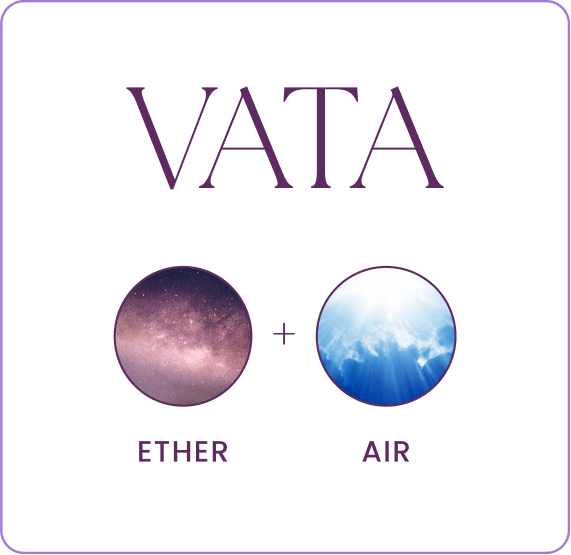
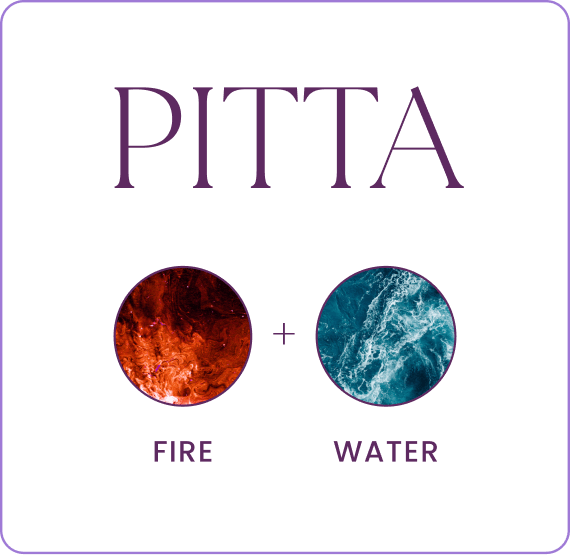

While all three doshas are present in every individual human, it is the ratio of each energy that determines your unique dosha type. If you are a hybrid type, two doshas are prominent in your constitution. These ratios can vary through life due to age, environment, and lifestyle. We encourage you to return to this quiz seasonally and adapt your daily habits and routines as needed to achieve optimal holistic wellness.
In Ayurveda, each of the four seasons (winter, spring, summer, fall) is associated with a corresponding dosha type. As the seasons change in your external environment, the dosha type associated with that season will naturally increase in your internal environment ie. your dosha constitution. Pitta is associated with Summer due to their shared hot and fiery qualities. Vata is associated with Autumn due to their shared dry, light, and cold qualities. Because these are your dominant dosha types, take extra care to pacify these dosha types in the season they are governed by!

